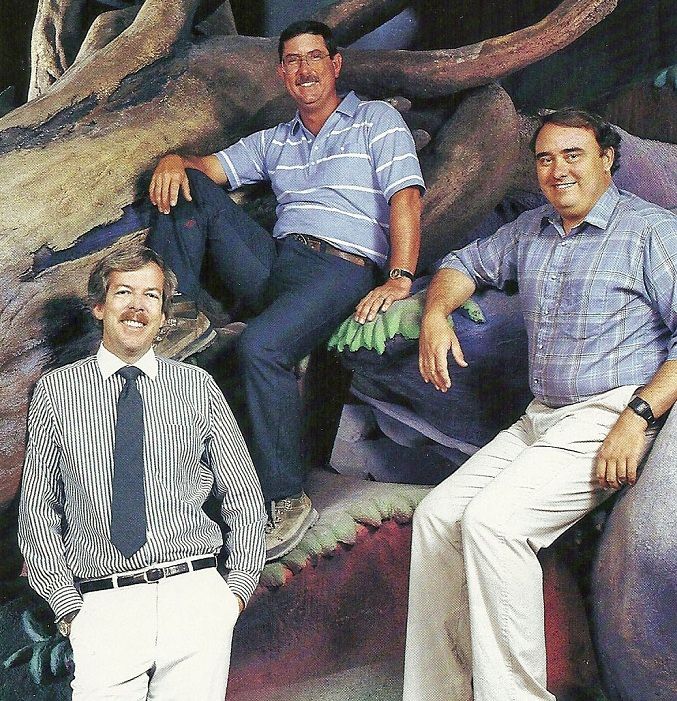Sure. High tech items typically are depreciated much faster; perhaps over 4 years or so. But there's a reason they are depreciated so quickly. A 4 year-old computer is old. Given the demands MM+ will place on the system, it will be necessary for Disney to keep MM+ technology relatively current, much more so than a typical brick-and-mortar attraction.
And this really begs the question of, 'why?'.
Why would they make a decision to invest so heavily in something that must have an immediate and massive ROI? Has the economy been so good at decision time, during development and now for implementation that they felt that people would be drooling all over themselves and tripping from running so fast to get to WDW to get a new MM+ bracelet?
The more I ponder this, the more I wonder if Rasulo even understood what the heck this was all about, and had any meaningful discussions with folks that could help him understand the potential negative financial impact and fallout this could have for WDW. He's the CFO, so the answer should be 'yes'.
Let's run the numbers, as simply as we can.
1 billion dollars, amortized over 4 years (which is being generous) is $250M per year.
Take that same $250M per year, and times it by 20 years (or longer), for amortizing the big stuff, you know, like CarsLand, or a Monsters Inc coaster, or I don't know, maybe a Star Wars land. How much could we have to work with? $250,000,000 x 20 = $5,000,000,000. Anyone think we could have a return to an amazing park experience with $5 Billion dollars? I do. Those numbers, are of course, presented very simplistically, and yes I do know there's a whole lot more involved. It's just disappointing when you start peeling back the layers.
As a life-long (well, almost) WDW fan, I feel like the kid in the neighborhood still playing on the 'newest' Atari 2600, while all of my friends have pre-ordered the PlayStation 4.


